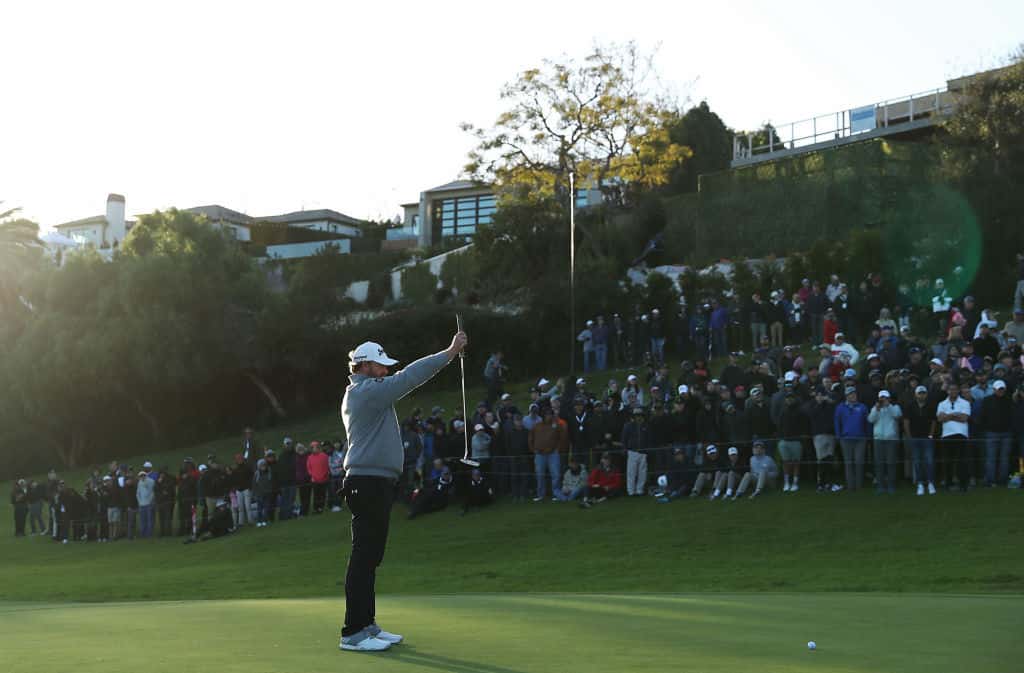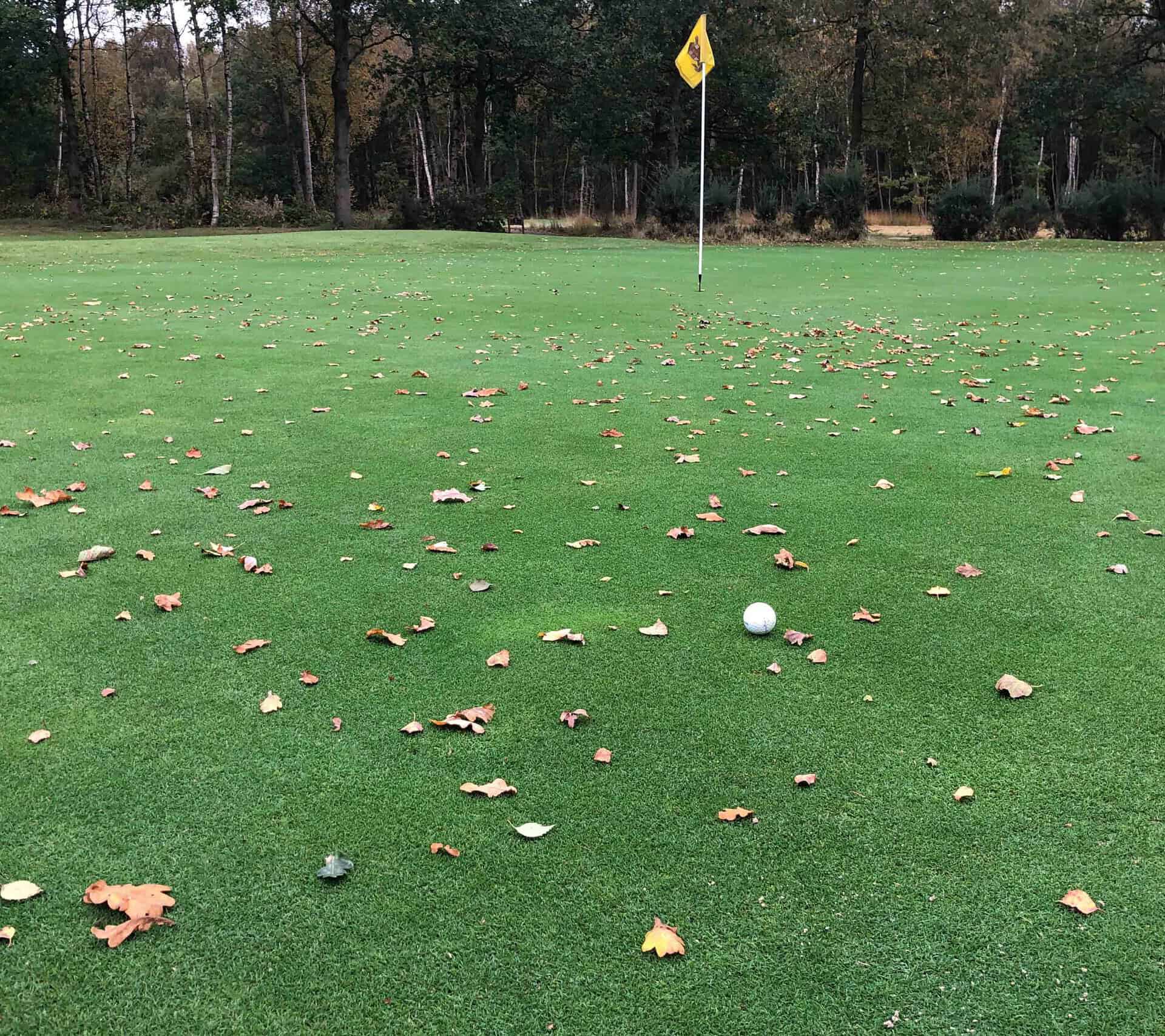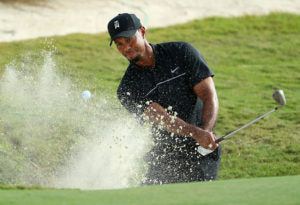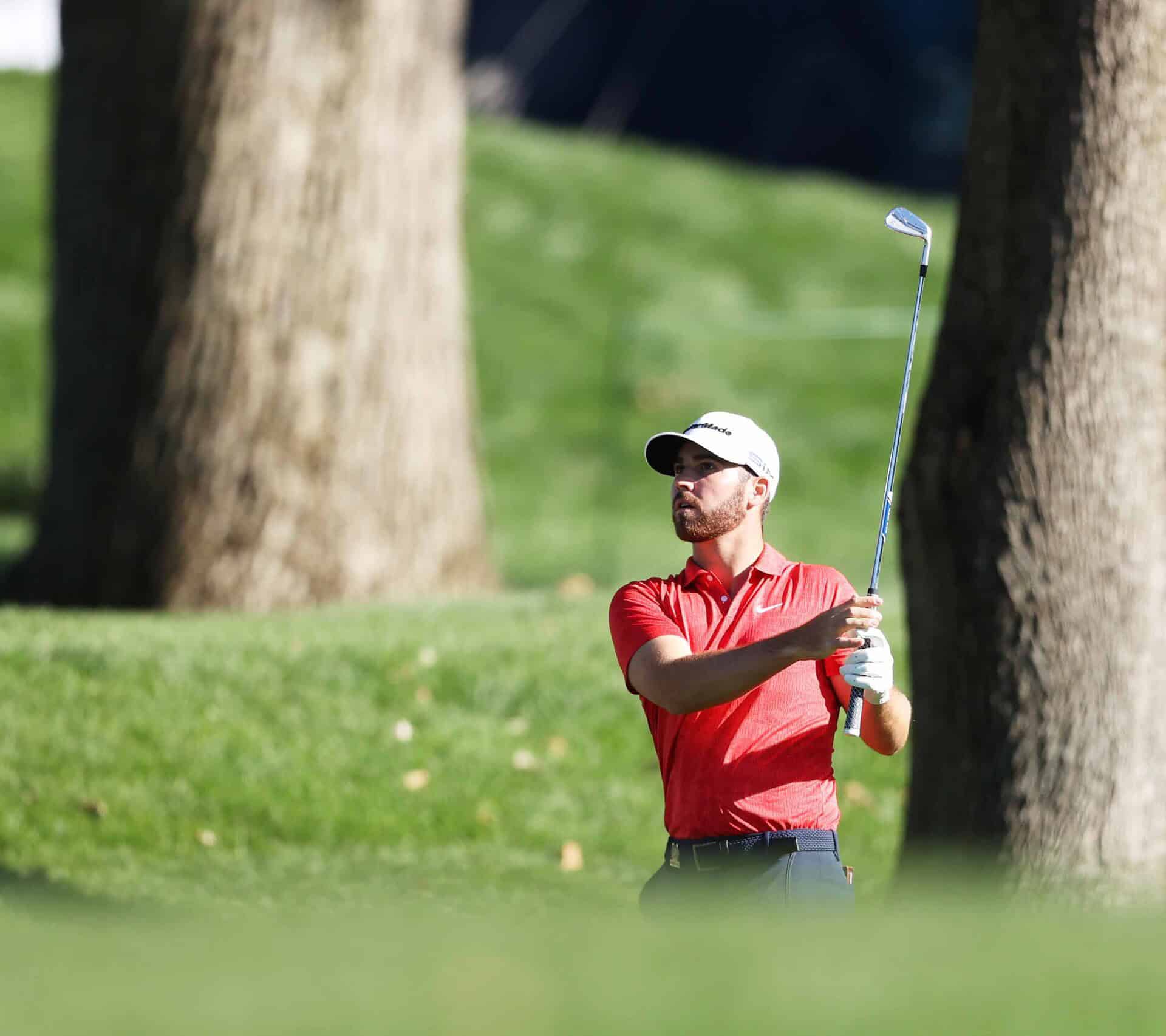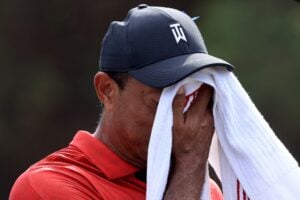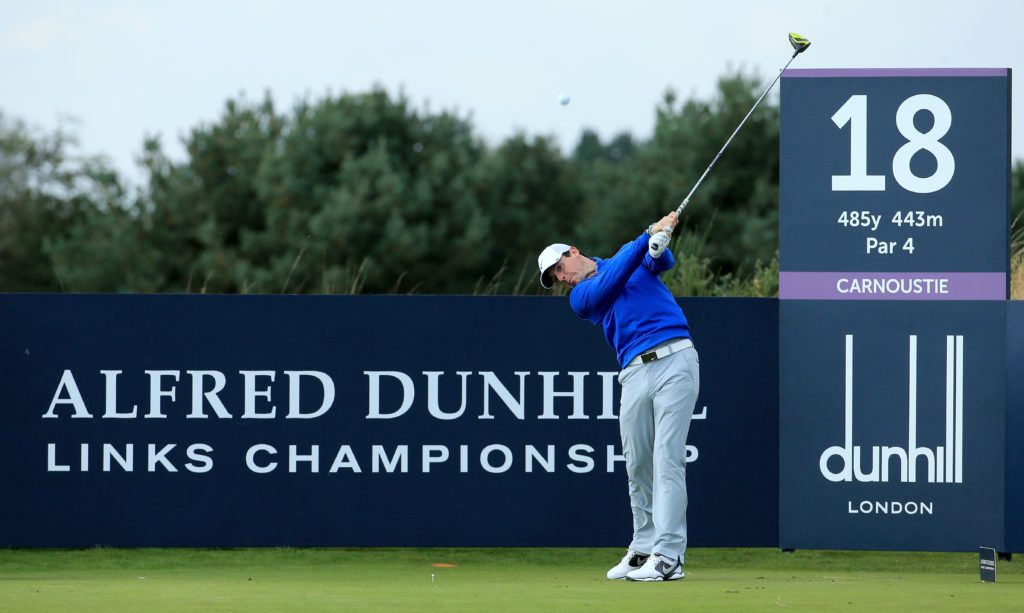
NCG’s Golf Glossary: What is a draw?
What is a draw? Well, here at National Club Golfer we’re the publication for the everyday player and so we’ve taken it upon ourselves to give you a step-by-step introduction to the wonderful world of the golfing lexicon.
What is a draw?
In golf, a draw is a shot that starts to the right of where a golfer is aiming and bends back towards it. A draw has a right-to-left ball flight.
Speak to teaching professionals and TrackMan experts and they’ll go into microscopic details – though they won’t always agree with one-another – when defining the term ‘draw’. For our purposes, though, let’s stick to the basic definition.
Golfers see the draw as a skilful shot, and one that is the mark of the better player. Many golfers play the game for decades without ever hitting a draw.
It’s also a useful shot when playing in the wind. Draws generally travel a little lower (thanks to the club face being closed in relation to where the player is aiming) and run out more on landing. Think of a tennis player hitting a forehand.
Rory McIlroy is perhaps the greatest exponent of the draw in professional golf.

By contrast, Dustin Johnson decided to change his predominant ball flight from a draw to a fade. That’s because he thought he would get more control with a fade.
How would you use it in a sentence?
“It was worth the admission fee alone to watch Rory McIlroy hit a towering draw with his driver. He launched up the right of the fairway, it seemed to stay in the air forever, and then at the last minute it began to shape back towards the middle of the fairway.”
What are its origins?
Hard to know. The verb ‘to draw’ is so versatile and this is just one of the dozens of ways in which it is used.
I’d like to think there’s an element of control and gentleness involved. As distinct from the unpleasantly aggressive, diving nature of a hook flight.
Any other business?
The opposite of a draw is a fade. This is a shot that moves gently from left to right.
Lots of players who claim to hit a draw are in fact hitting pull-hooks. These are shots that start left of where a player is aiming and move further left in the air.
When a draw gets out of control, we call that a hook. It’s not clear exactly when a draw becomes a hook but let’s say that once a shot is curving more than 10 yards in the air you are into hook territory.

Bobby Locke, the four-time Open champion in the 1950s and 60s, famously used to draw –if not hook – all his shots. Even his putts.
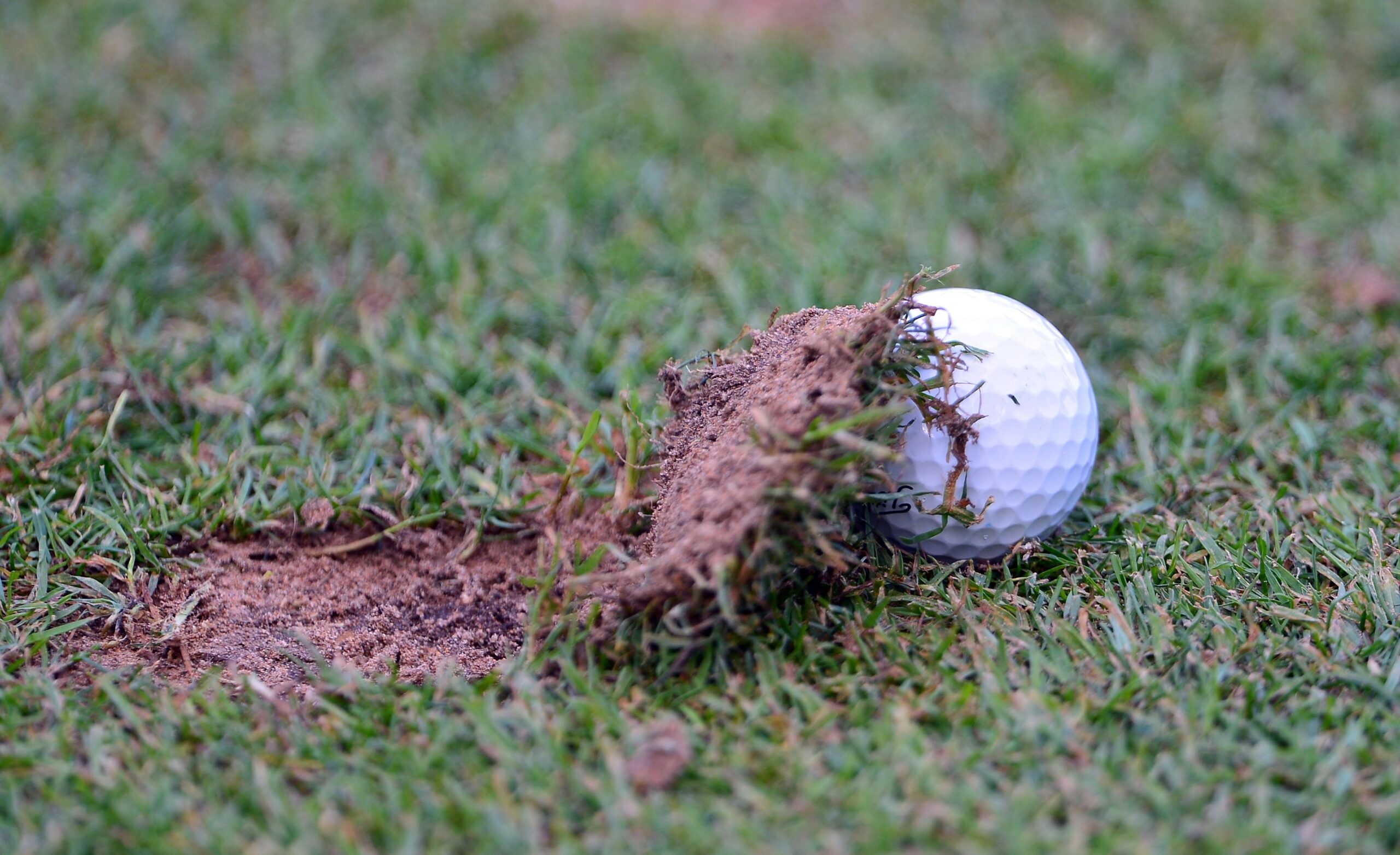
NCG’s Golf Glossary: What is a Divot?
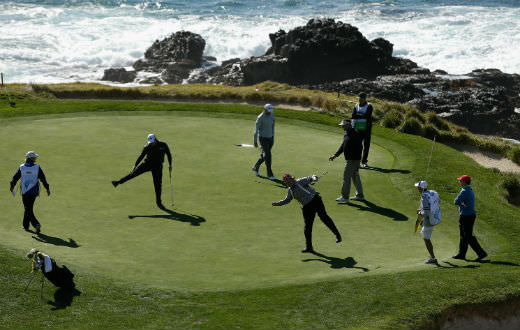
NCG’s Golf Glossary: What is a birdie in golf?
Click here to return to NCG’s Golf Glossary


